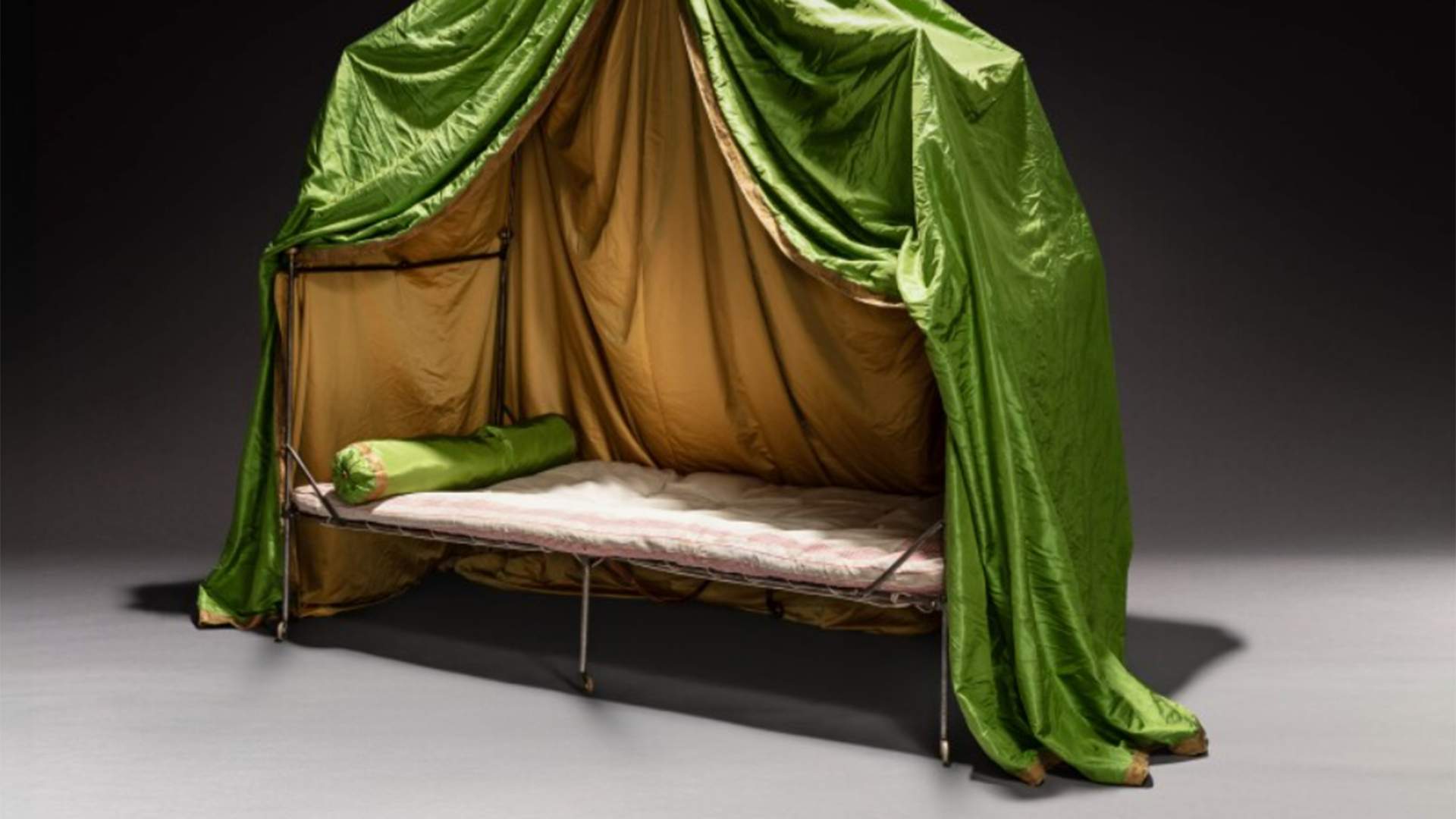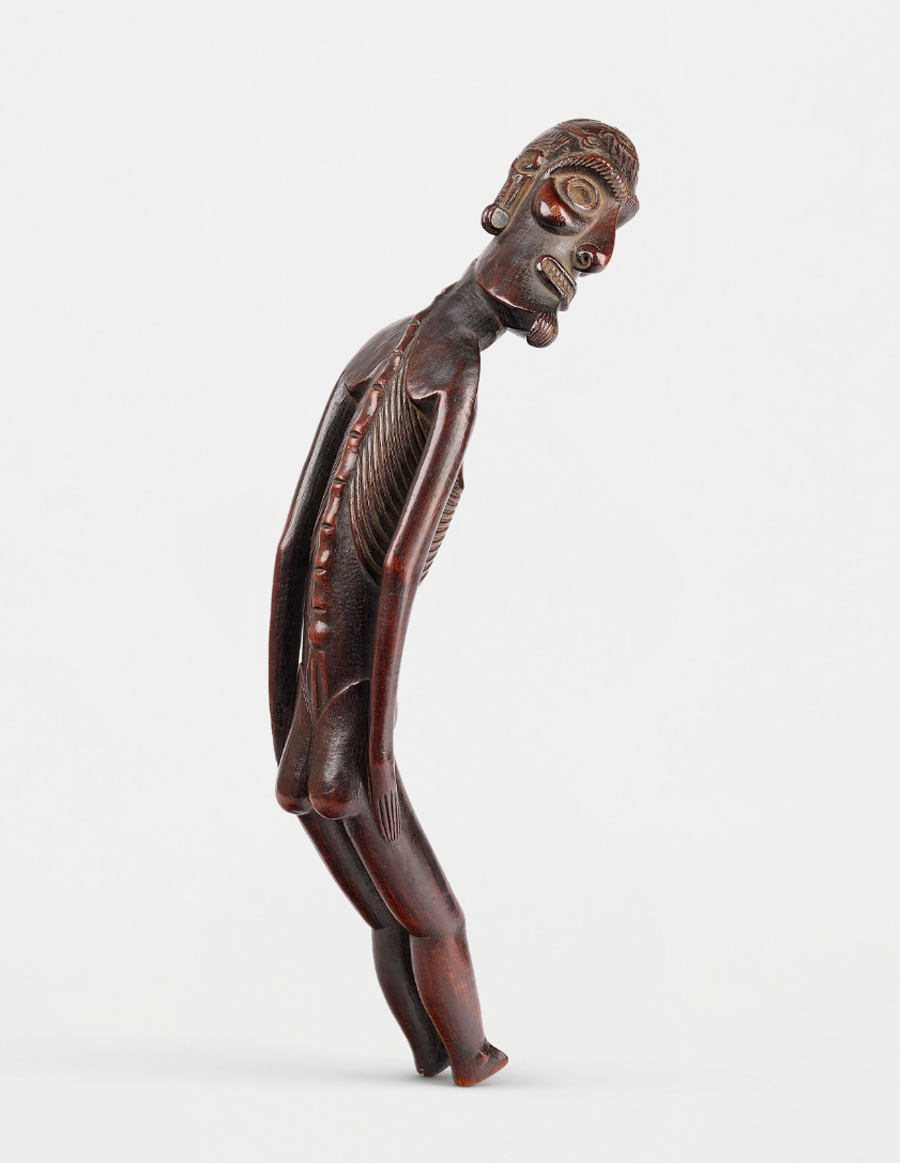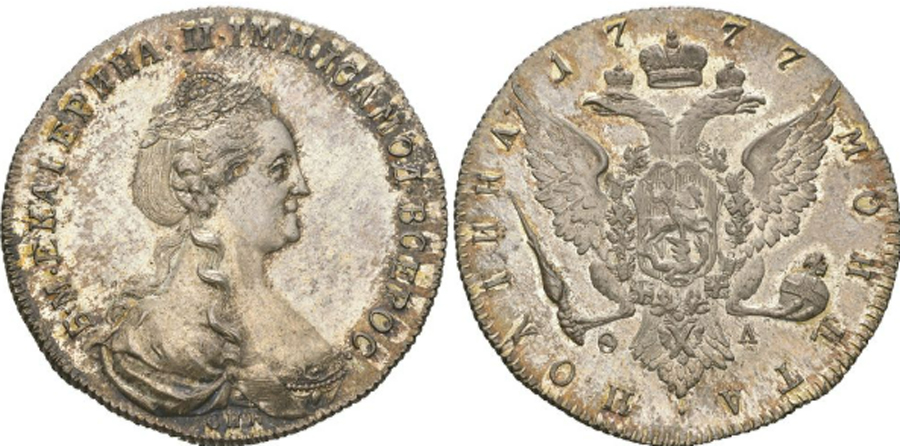The essence of Lynch: the director's personal belongings and Napoleon's tent

Napoleon's camping tent, the rarest trial coin of Catherine the Great, an ancient statuette from Easter Island and a theremin by David Lynch. Among the lots in June, the most interesting are not paintings (the most valuable samples are usually sold in March and November), but rarities of a different kind — sometimes very extravagant. Details can be found in the Izvestia article.
Wooden statuette from Easter Island
Christie's Auction house is holding auctions of Oceanian art this month. The flagship lot is a wooden statuette from Easter Island, moai kawakawa. In the popular consciousness, this remote archipelago in the Pacific Ocean is associated primarily with mysterious stone statues (moai), up to 20 m high. Scientists are still debating exactly how the natives brought them from the quarries to the shores, without any advanced technical means; there is no single point of view why the statues were needed in principle. All these mysteries, as well as the memorable appearance of moai, have made a tiny piece of land, remote from all continents, the subject of universal interest and tourist pilgrimage.

But if almost everyone knows about stone moai today, then only those who are immersed in the subject know about the wooden sculpture from Easter Island. Unlike obelisks, these products are quite small, several tens of centimeters, but much more diverse and refined. They are also called moai, but besides the male (kawakawa) figures, there are also female (papa) figures among them. And it's not just heads or busts. The figurines depict a man in full height, emphatically thin — perhaps the creators wanted to represent the spirit, emphasizing its incorporeality.
The specimen put up for auction has one rare feature: a tilted and turned sideways head. Only four such examples are known among the extant moai kawakawa. This one is the best of them, the auction house claims. With good reason. The work really impresses with a paradoxical combination of crude conventionality and sophistication. The auction house does not advertise the estimate, but past sales of similar moai suggest that this will be an amount with six zeros.
The trial coin of Catherine II
The pearl among the numismatic lots of June is the halfpenny of 1777, during the reign of Catherine the Great. For people who are not particularly immersed in the nuances of coin collecting, it may seem wild that a silver circle is being asked for from 27 million rubles (this is the starting price set for this copy by the auction house Russiancoin). Other Catherine halfpennes are hundreds of times cheaper. But in this case, the situation is really special. This type of coin is not described in the professional literature and is missing from the collection of the State Historical Museum. After carefully examining the lot, the GIM experts found a number of differences from the usual half-lengths of 1777, the main of which is in the portrait of the Empress. In addition, the coin was not in circulation, which explains its impeccable preservation.

How could all this have happened? Experts make the only possible assumption: the half-grain presented was a trial. The coin was made (it is possible that in a single copy) specifically for Catherine, so that she would approve her image. Obviously, the Empress made some comments that were taken into account, and a different version went into the series.
Napoleon's Camping Tent
Sotheby's is selling Napoleon-related rarities this month. Among them there is, of course, one of his famous bicorn hats, various portraits, items of weapons and furniture. But of particular interest is the emperor's folding camping tent. This is a small bed with a canopy made of fabric, which is supported by a metal frame. When folded, the entire structure fits into a small wooden box.
The tent was invented by the blacksmith master Marie-Jean Desouches at the very beginning of the 19th century — and quickly realized the potential of this idea in the conditions of the Napoleonic troops. He managed to get an audience with Bonaparte, who was not yet emperor at that time, but first consul. The commander was delighted and ordered many copies at once — for himself and his entourage. He liked the tent so much that he even used it as a diplomatic gift — in particular, he presented it to Alexander I during a meeting on Tilsit.
By 1809, there were more than 4 thousand such tents in the palaces of the emperor, 30 of which were made personally for Napoleon. It cannot be said whether the commander himself used the one presented at the auction, but it is known that it was owned by his closest associate, Marshal Bertrand, who commanded troops at the Battle of Waterloo and accompanied Bonaparte in both exiles.
The Theremin by David Lynch
And the last lot in our collection is related to cinema and music at the same time. The great David Lynch passed away not so long ago. And so, it took only six months to prepare the auction of his property — from various cameras and scripts (including the movie "Mulholland Drive" and one unreleased tape) to personal belongings and works of art. It's worth remembering that Lynch was not only a director, but also an artist and composer. One of the most interesting objects in the presented collection is connected with the latter hypostasis. This is the theremin that David played in his home studio.

The theremin is an instrument created in 1920 by Soviet musician and inventor Lev Theremin. The principle of its operation is based on the use of an electromagnetic field: the movement of a hand inside it creates a sound. This is the first non-contact musical instrument and the first to use electricity, not for amplification or processing, but for the very birth of sound. But its timbre is very specific: it sounds gentle, disembodied and mystical, like a voice from somewhere in space. Is it any wonder that Lynch did not fail to use the theremin for his own creativity.
With a ridiculous estimate of $200-400, the current correspondence bid (at the time of writing) is already $3,000, although the bidding is only in five days. It can be assumed that the final price will soar several more times, and a serious struggle will unfold for the rarity.
Переведено сервисом «Яндекс Переводчик»



